The weather outside on the Susquehanna may be frightful, but the photos it produces are definitely delightful.
The softness of falling flurries, a crystalline lattice of icicles in the sun, even the tree limbs draped in fresh white snow are scenes that capture our senses. Despite the temperatures, it’s still a great time of year for action shots from activities like cross-country skiing, snowshoeing, or winter walks on our Susquehanna Greenway trails.
The photo opportunities are endless in winter, and with these great tips, you’re sure to capture some stunning winter wonderlands.
Embrace the Flurries
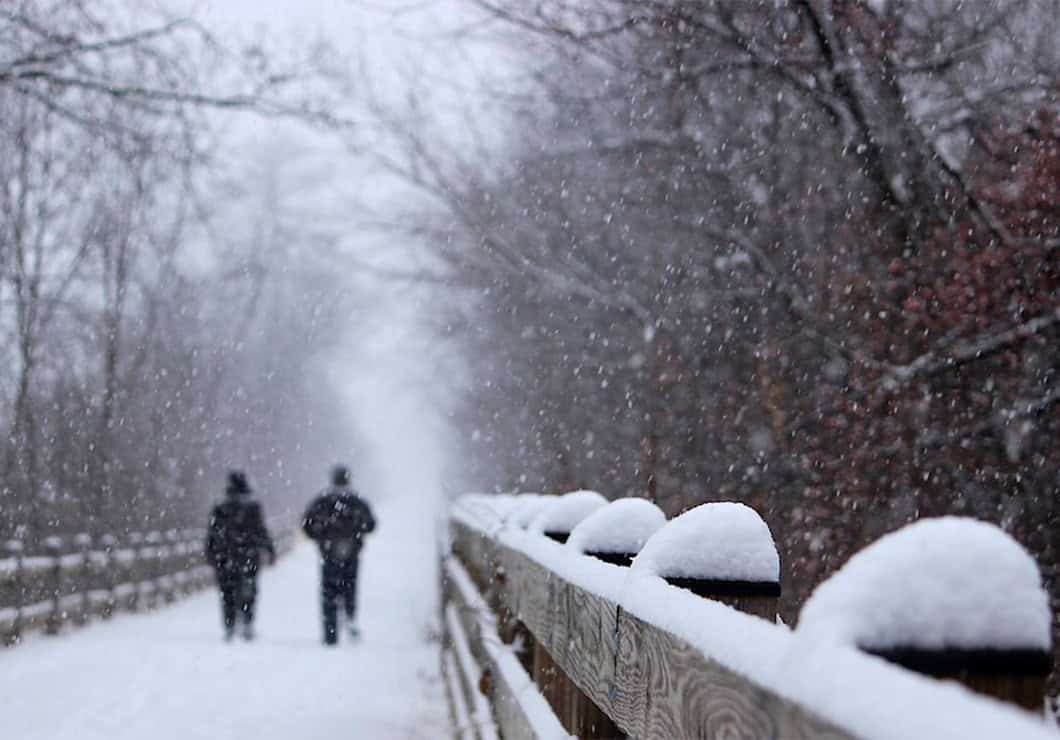
Photo by Judy Winslow, Buffalo Valley Rail Trail, Lewisburg
There is nothing more magical than a winter scene swirling with weightless flurries. Embracing this winter element can really enhance your photos. For example, snow falling in the foreground can create a soft blurred effect on a subject in the background; this helps to soften the image and capture the feel of the flurries.
If you have a more advanced camera, you can also play with shutter speeds. Fast shutter speeds will stop any movement, whereas slow shutter speeds will result in blurred motion. This means that with a slow shutter speed, snowflakes will appear as streaks of white, whereas a fast shutter speed will render falling snow as white dots. When those flurries start to fall, it’s the perfect time to get out on the Greenway and experiment!
Keep Fresh Snow in Mind
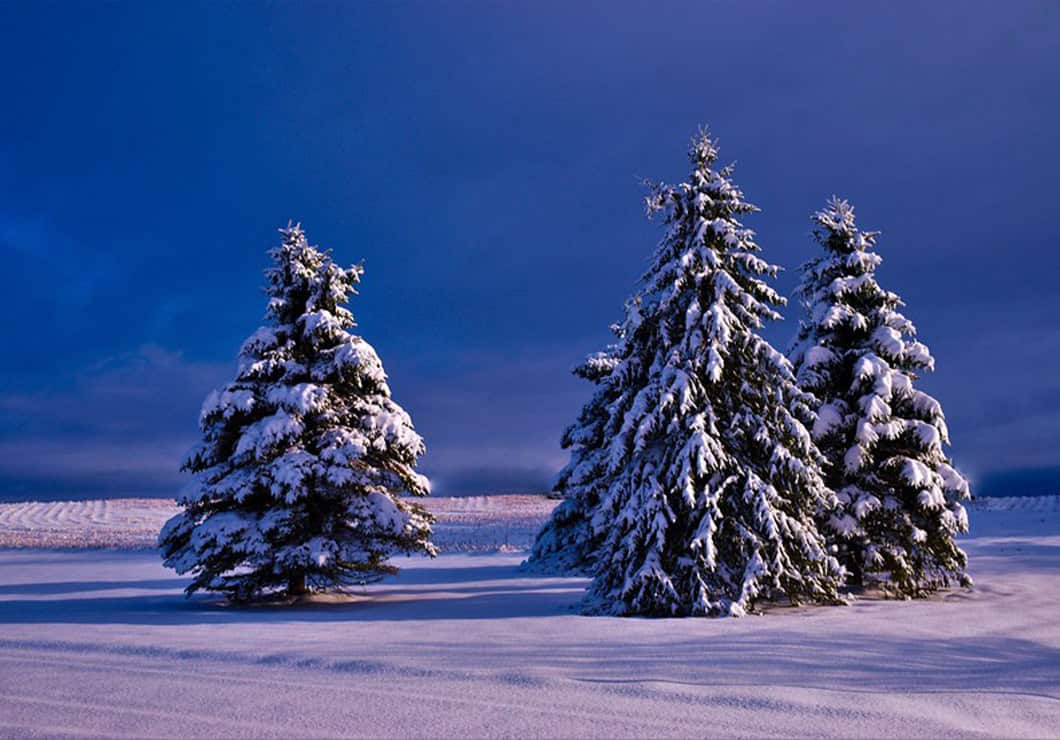
photo by Mindy Lamprinos, Union County
We all know that feeling of peeking out our windows the morning after a storm to see what kind of winter wonderland awaits us. The scenes created by fresh fallen snow are prime times for snapping photos out on the Susquehanna Greenway.
Timing is everything when it comes to this moment. The sooner you can get outside, the better. Whether is the sun’s warmth or post-storm winds, those delicate tree limbs won’t hold the snow for long. Another quick tip when it comes to fresh snow is to be mindful of your footprints. If you want an untouched shot be careful where you step or take advantage of the prints to strategically add a little human presence to your photo.
Lighting is EVERYTHING
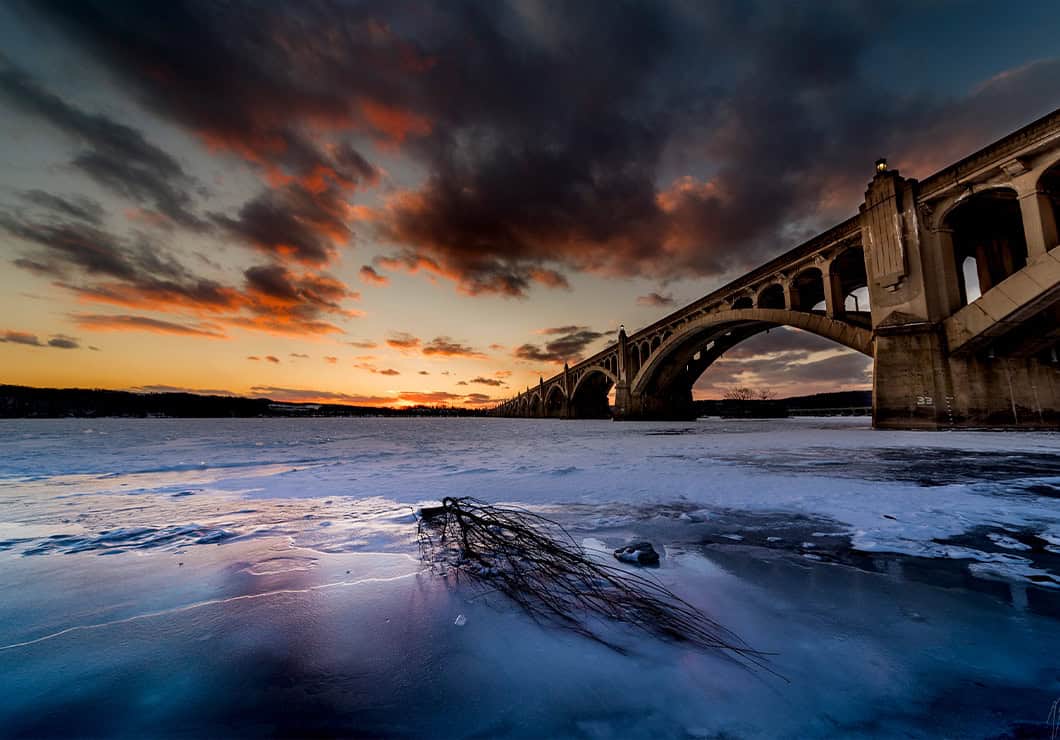
Photo by Robert E. Dawson Jr., Columbia-Wrightsville Bridge
The best way to highlight the unique curves and shapes in the winter landscape is to consider your lighting. Sunrise and sunset are often the best times of day to photograph in the snow and ice, mainly because of lighting, color, and contrast. Not only does the lighting of dusk and dawn enhance the shadows cast on our frozen surroundings, but it also provides a nice pop of warmth against the white scenery.
Additionally, waiting for the right lighting can make magic moments like golden hour rays through the trees or an illuminated row of icicles. Alternate times of day can also produce stunning images. If you missed the morning light, then head outside around noon to catch some contrast against midday bright blue skies, or for our more adventurous photographers set up at night to capture stars above the blanket of snow.
Catch Some Action
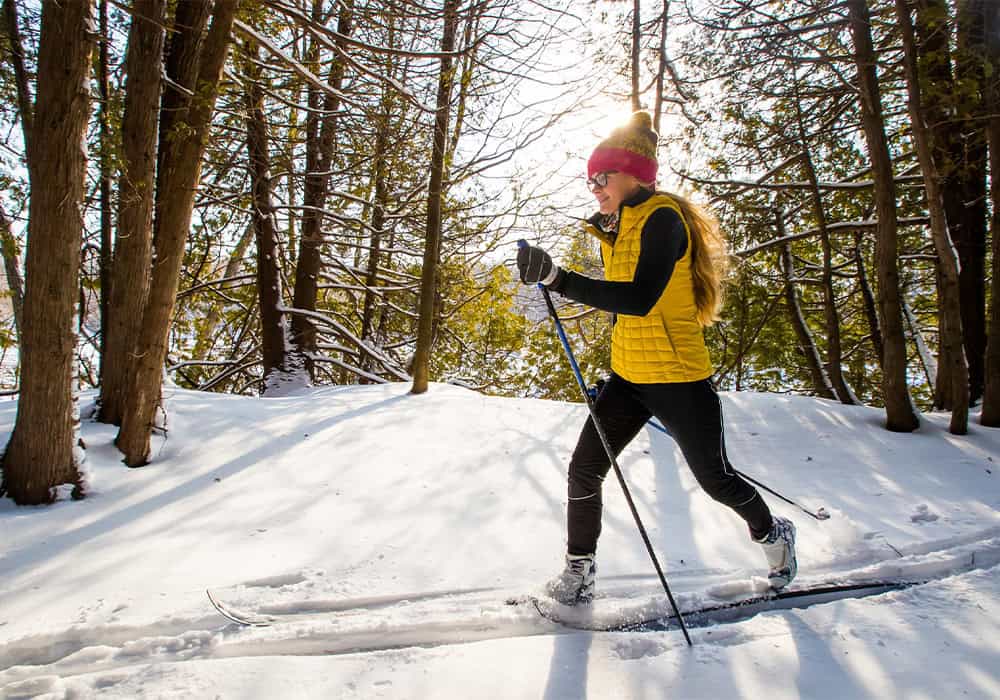
One of our personal favorite tips is to catch some action shots! There’s nothing we love more than to see people out on the Greenway enjoying the best of the season. Skiing, snowshoeing, walking, hiking, and just plain playing in the snow are great opportunities to capture photographs AND make memories. For some trail options in your area, visit our trail inventory.
Use An Interesting Foreground
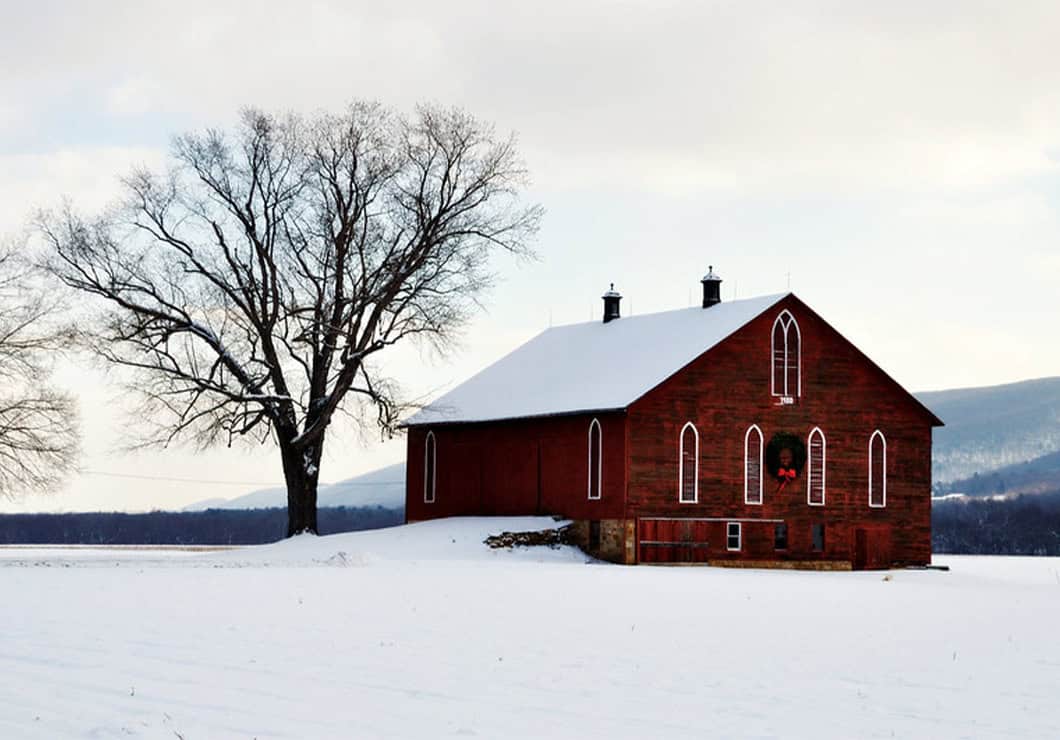
Photo by Jesse Kline
Another way to make the landscape pop is to highlight contrast and color with an interesting foreground. Maybe it’s the darker wooded colors of a log cabin or tree trunk, an animal like a red cardinal in its natural habitat, a colorful plant or flower sticking out of the snow, or a person wearing bright colors—there are so many creative ways to achieve the contrast that can make for some of the best winter photos.
Try Different Perspectives
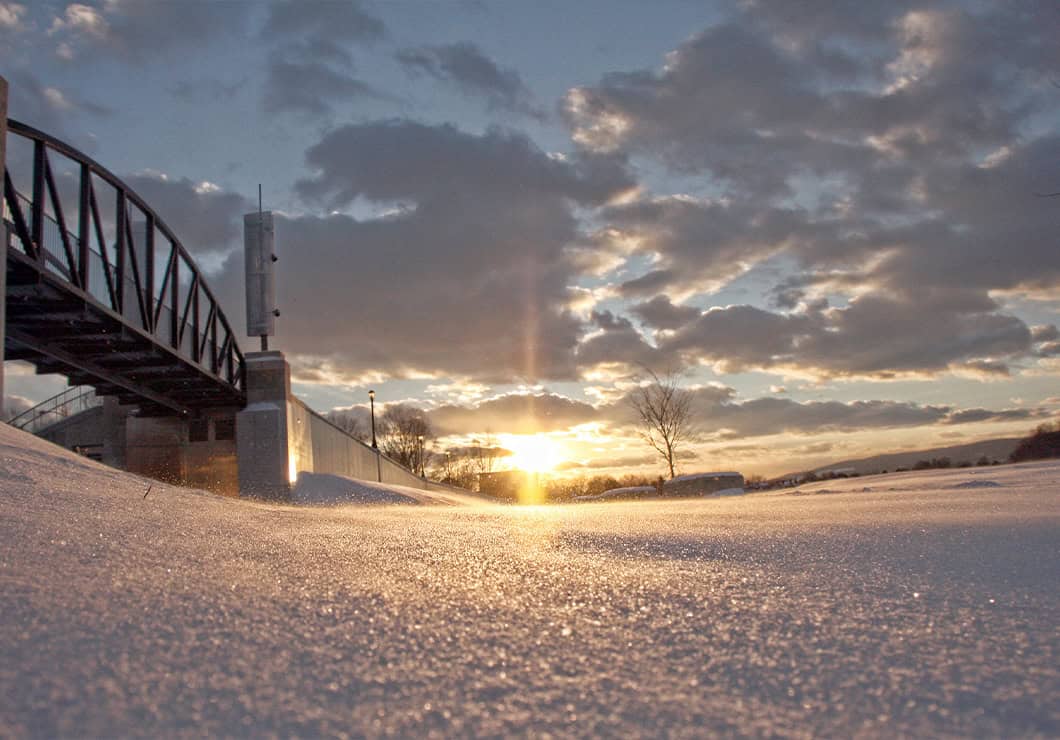
Photo by Kristin Holland, Wilkes-Barre River Commons
Don’t be afraid to get down and dirty to capture a shot. Try to show the way snow blankets the ground from a low point of view or demonstrate how it clings to everything by angling up the side of a tree trunk. How about an animal’s perspective? A shot down a fence row? Or even some macro photography? With the right camera settings, you can even capture the geometric patterns of a snowflake before it melts!
BE PREPARED!
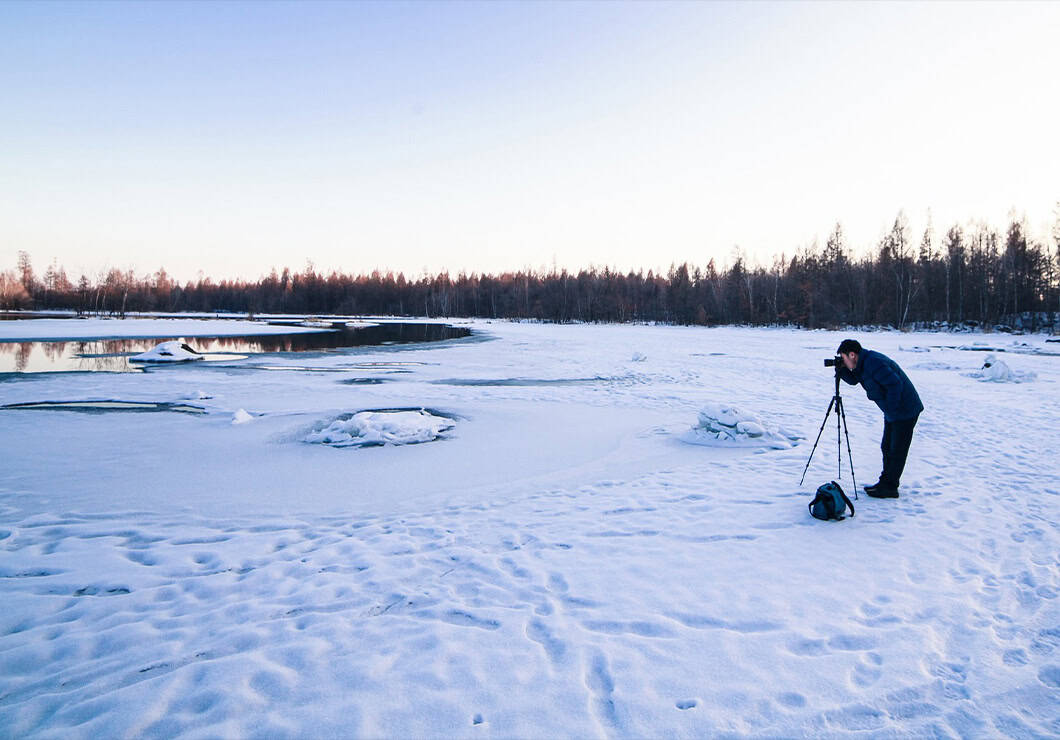
One of the most important tips for any photography excursion is to BE PREPARED—that means taking care of both YOU and your camera!
You: Plan for the weather. Dress with the intention to stay warm and dry. Layers are always a good idea, and hand/foot warmers if you plan on being out for a few hours. When you need gloves off to work your settings, it’s nice to have a quick way to warm your fingers.
Your camera: In cold weather your batteries won’t last as long. Be sure to bring two sets and keep one in an inside pocket to keep them warm. When the one in your camera runs low, replace it with the warm one. Then put the drained one in your pocket, you may be able to use it again once it warms up. If you’re using a phone to take photos, consider bringing along a power bank to charge it on the go once your battery drains.


